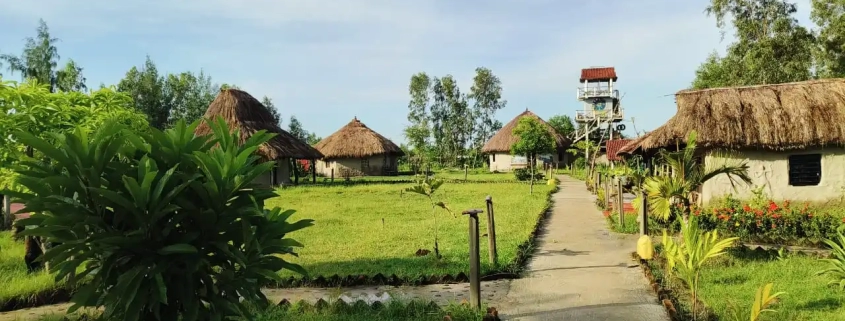Indian Urban Residents’ Perceptions of Ecotourism: Know About Sundarbans
In cities across India, many people are curious about ecotourism, especially when it comes to visiting a special place like the Sundarban forest. This big forest area, located in the eastern part of India, is famous for its unique plants and animals, like the Royal Bengal Tiger. People from cities want to learn more about Sundarban eco tourism and what it means for the environment. Let’s explore what urban residents in India think about ecotourism in this amazing place.
Motivating Factors for Urban Residents
The Sundarban forest, a UNESCO World Heritage Site and one of the world’s largest mangrove forests, is nestled between India and Bangladesh. This unique ecosystem has recently garnered attention from urban Indians who are increasingly interested in ecotourism as a means to connect with nature while promoting sustainable development.
In this section of the article, we look at urban inhabitants’ opinions of Sundarban eco tourism, including their motives, expectations, and obstacles connected with such encounters.
Urban dwellers have expressed several reasons for seeking out ecotourism opportunities in the Sundarbans. These include:
Environmental Awareness: Many urbanites seek to learn more about environmental issues and conservation efforts through firsthand experience in natural habitats like the Sundarbans.
Nature Appreciation: The allure of witnessing diverse flora and fauna species indigenous to the region attracts city-dwellers looking to reconnect with nature.
Sustainable Development: By supporting local communities and businesses that rely on eco-friendly practices, urban tourists contribute to the preservation of the environment and promote responsible tourism.
Personal Growth: Engaging in ecotourism activities can foster personal growth by providing opportunities for self-reflection, mindfulness, and emotional wellbeing.
Expectations Regarding Ecotourism Experiences
As urban residents explore ecotourism options in Sundarban tourism, they harbor certain expectations related to their experiences. Some of these include:
Authenticity: Visitors expect genuine interactions with local communities and wildlife without compromising the integrity or safety of either party.
Responsible Tourism Practices: Urban travelers anticipate adherence to sustainable principles throughout their journey, including waste management, energy efficiency, and respectful engagement with local cultures.
Educational Opportunities: Participants hope to gain knowledge about the Sundarban tourism unique ecosystem and its inhabitants, thereby enhancing their understanding of global environmental concerns.
Memorable Encounters: Travelers desire unforgettable moments, whether it be spotting rare animal species or engaging in traditional cultural events.
Challenges Associated With Ecotourism in the Sundarbans
Despite the numerous benefits of Sundarban eco tourism, there remain some obstacles that must be addressed to ensure successful and sustainable experiences for both visitors and locals alike. These challenges include:
Infrastructure Limitations: Insufficient infrastructure may hinder accessibility and comfort during visits to the Sundarbans, potentially discouraging potential participants.
Conservation Concerns: Overzealous tourism could lead to habitat degradation and disturbances to native species, necessitating careful planning and regulation.
Cultural Sensitivity: Misunderstandings and miscommunications between urban tourists and local communities could arise due to differences in language, customs, and beliefs.
Cost Barriers: High costs associated with ecotourism trips might deter lower-income urban residents from participating in these experiences.
By addressing the challenges outlined above, urban residents can enjoy enriching ecotourism experiences in the Sundarbans while contributing to the protection and promotion of this unique ecosystem. As awareness grows among city-dwelling populations, the demand for authentic and sustainable ecotourism will continue to rise, fostering positive change in the Sundarbans and beyond.
The Final Thought
In conclusion, understanding what people in Indian cities think about Sundarban eco tourism is important. It shows that many urban residents see ecotourism as a way to learn about nature and support conservation efforts. While visiting the Sundarban forest can be exciting and educational, it’s also essential to protect the environment and respect the local communities living there. By working together and following sustainable practices, we can continue to enjoy the beauty of the Sundarbans while keeping it safe for future generations to explore and appreciate.




